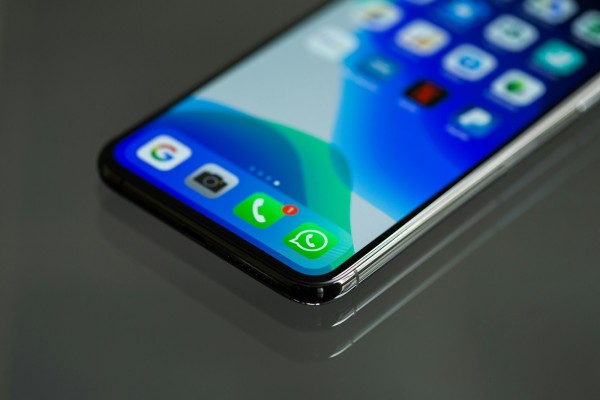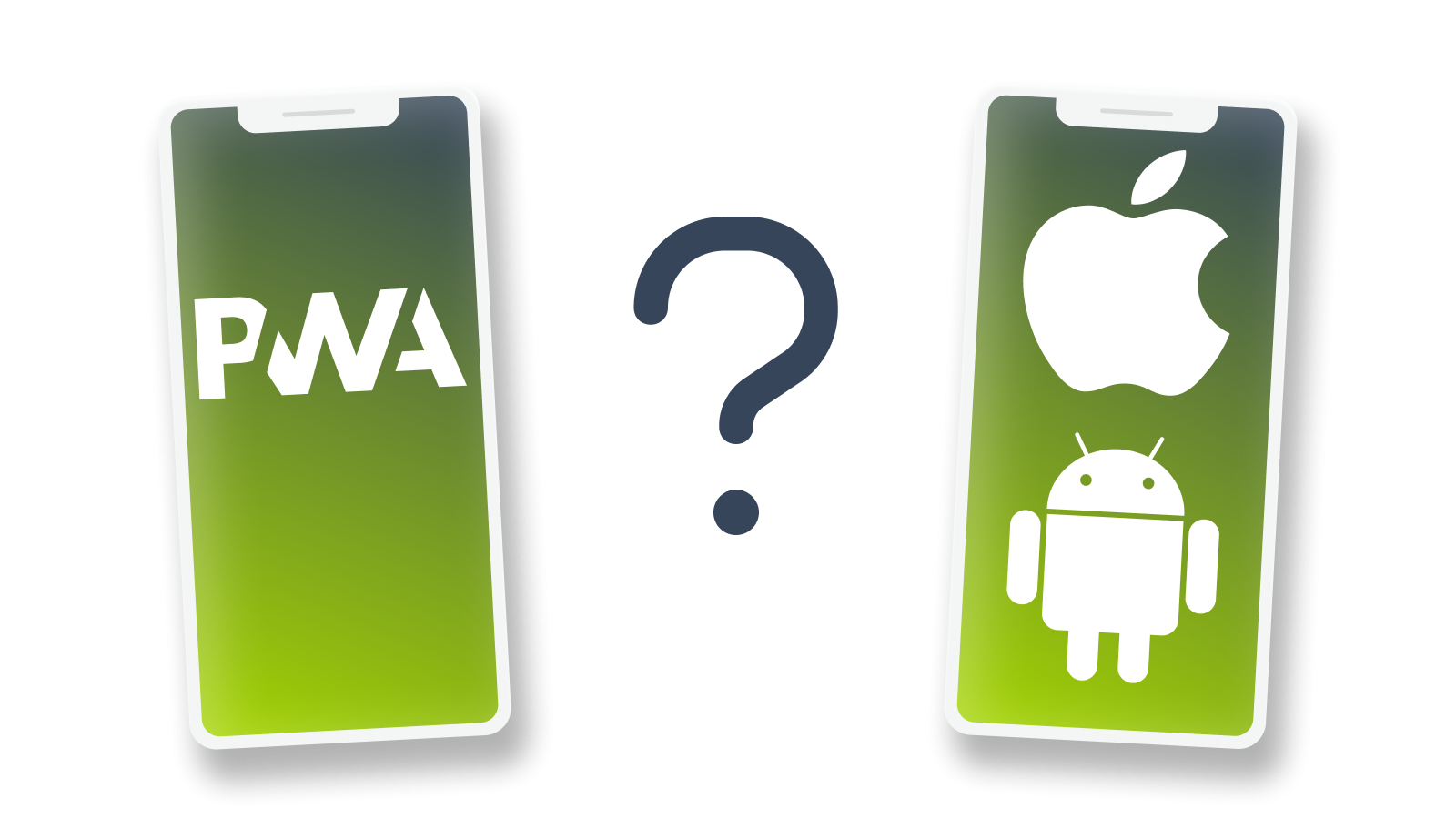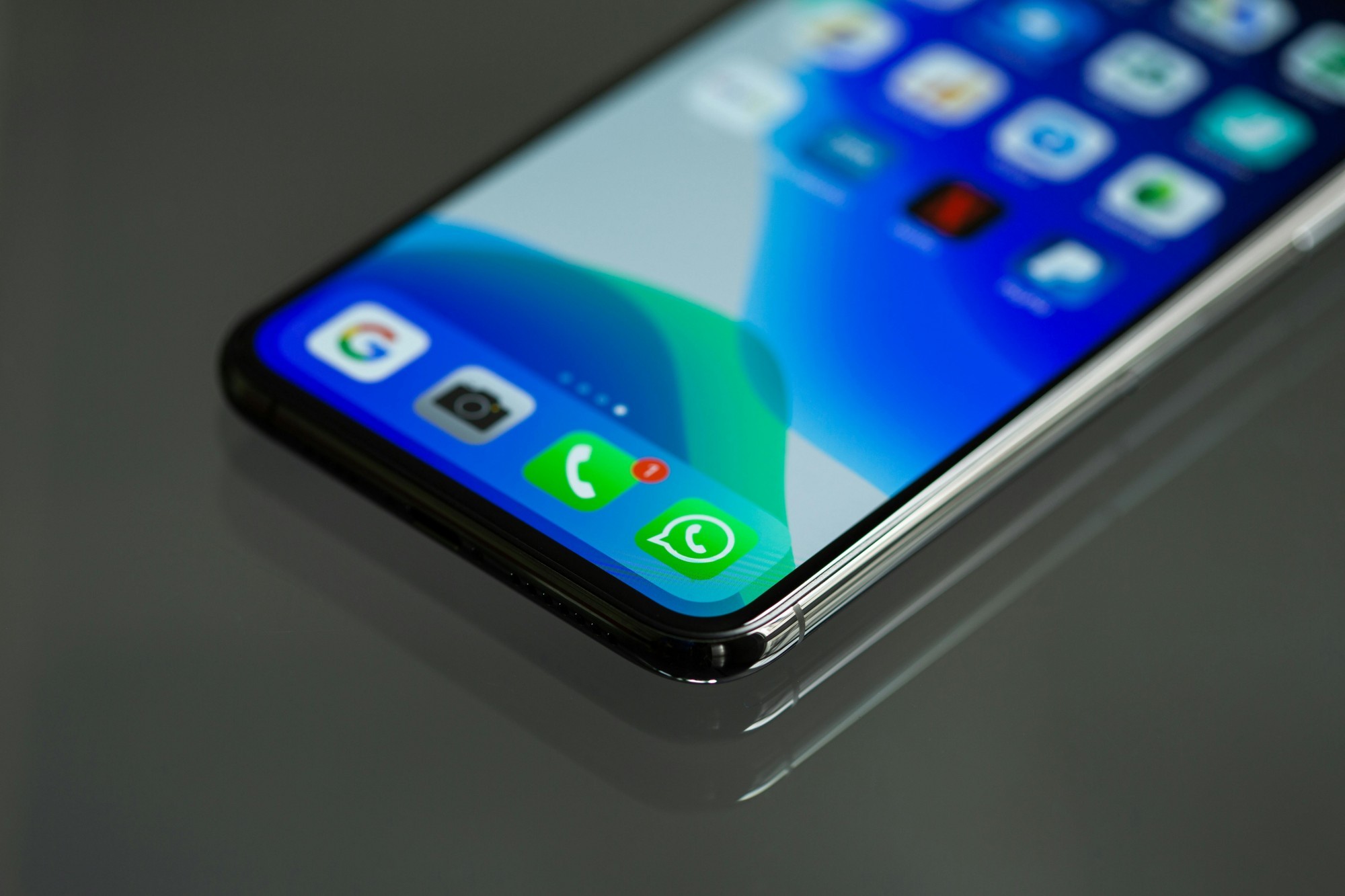
Difference between mobile app and PWA
Nowadays, many people manage most of their affairs using their mobile phones, which is why it makes sense to provide them with a mobile interface to make their work easier. If we want a software for mobile phones, we can choose from two options: mobile app or PWA.
Mobile app: A mobile app (mobile application) is a natively developed software program that is developed specifically for mobile devices (e.g. smartphones and tablets). Mobile apps can be downloaded and installed from the application store of the given platform (e.g. App Store, Google Play).
PWA: A PWA (Progressive Web Application) is a web application that uses modern web technologies to provide users with a native app-like experience. PWAs run in a browser, but have many functions like native apps (for example, offline operation, push notifications, installability on the home screen). PWAs do not need to be downloaded from app stores, but can be installed directly from the website.
There are several differences between the mobile app and the PWA, which are mainly significant from the point of view of development, installation and user experience. Below we summarize the advantages and disadvantages of the two competitors.

1. Development Platform:
- Mobile app: These apps are developed natively for the given mobile platform (such as Swift or Objective-C for iOS, Java or Kotlin for Android). Apps are developed separately for each platform, so the iOS and Android versions may have different codebases. As a result, an app can be more reliable, because it was created specifically for the given operating system.
- PWA: Progressive web applications are based on web technologies (HTML, CSS, JavaScript). These applications run from a single codebase and are accessible through browsers. So the same PWA is available for Android and iOS, this can cause problems because not all functions work the same in the two operating systems.
2. Installation and Update:
- Mobile app: These apps must be downloaded and installed from app stores (e.g. App Store, Google Play). Users also receive updates through these stores.
- PWA: These apps can be "installed" directly from the website via the browser, so no app store is needed. Updates also happen automatically when the user reloads the page.
3. User Experience:
- Mobile app: Native apps take full advantage of the functionality of the given platform, such as notifications, camera access, GPS, etc. The experience is often smoother and faster because apps use platform-specific APIs directly.
- PWA: PWAs also offer many native features (such as offline access, notifications), but these options may be more limited than native apps. However, the experience can approach that of native apps, especially using modern browsers and devices. However, due to the operating systems' own browsers, there are some functions that work on one device but not on the other. For example, unlike Android, the IOS system does not allow notifications to be sent to a website through the browser.
4. Availability:
- Mobile app: Native apps only run on the given platform (iOS apps on iOS devices, Android apps on Android devices). If an application must become available on all platforms, it must be developed separately for each platform, which requires time and money. As phones become outdated over time, some devices may not be supported to download a new app from the app stores.
- PWA: A PWA runs on any device with a modern browser. As a result, an application can be accessed simultaneously on desktop computers, tablets, and mobile phones without the need for separate application development. Since you don't have to download the PWA from an application store, where the download button may become unavailable for old devices over time, no matter how old the given device is, if you have a more modern browser, you can still open the PWA on it. Although it is true that problems may occur due to the outdated knowledge of the device, it cannot be guaranteed that it will only be opened by devices for which the given PWA is supported.
5. Costs and Development Time:
- Mobile app: The development and maintenance of native apps is usually more expensive and time-consuming, as separate developments have to be carried out for different platforms.
- PWA: PWA development can be more cost-effective as they use a single code base and do not need to adapt to different platforms.
In summary, the biggest differences between mobile apps and PWAs are in the development platform, installation and update method, user experience, availability, and budget and development time. Both approaches have their advantages and disadvantages. The choice depends on what needs and goals we want to achieve.

Difference between mobile app and PWA
Nowadays, many people manage most of their affairs using their mobile phones, which is why it makes sense to provide them with a mobile interface to make their work easier. If we want a software for mobile phones, we can choose from two options: mobile app or PWA.
Mobile app: A mobile app (mobile application) is a natively developed software program that is developed specifically for mobile devices (e.g. smartphones and tablets). Mobile apps can be downloaded and installed from the application store of the given platform (e.g. App Store, Google Play).
PWA: A PWA (Progressive Web Application) is a web application that uses modern web technologies to provide users with a native app-like experience. PWAs run in a browser, but have many functions like native apps (for example, offline operation, push notifications, installability on the home screen). PWAs do not need to be downloaded from app stores, but can be installed directly from the website.
There are several differences between the mobile app and the PWA, which are mainly significant from the point of view of development, installation and user experience. Below we summarize the advantages and disadvantages of the two competitors.

1. Development Platform:
- Mobile app: These apps are developed natively for the given mobile platform (such as Swift or Objective-C for iOS, Java or Kotlin for Android). Apps are developed separately for each platform, so the iOS and Android versions may have different codebases. As a result, an app can be more reliable, because it was created specifically for the given operating system.
- PWA: Progressive web applications are based on web technologies (HTML, CSS, JavaScript). These applications run from a single codebase and are accessible through browsers. So the same PWA is available for Android and iOS, this can cause problems because not all functions work the same in the two operating systems.
2. Installation and Update:
- Mobile app: These apps must be downloaded and installed from app stores (e.g. App Store, Google Play). Users also receive updates through these stores.
- PWA: These apps can be "installed" directly from the website via the browser, so no app store is needed. Updates also happen automatically when the user reloads the page.
3. User Experience:
- Mobile app: Native apps take full advantage of the functionality of the given platform, such as notifications, camera access, GPS, etc. The experience is often smoother and faster because apps use platform-specific APIs directly.
- PWA: PWAs also offer many native features (such as offline access, notifications), but these options may be more limited than native apps. However, the experience can approach that of native apps, especially using modern browsers and devices. However, due to the operating systems' own browsers, there are some functions that work on one device but not on the other. For example, unlike Android, the IOS system does not allow notifications to be sent to a website through the browser.
4. Availability:
- Mobile app: Native apps only run on the given platform (iOS apps on iOS devices, Android apps on Android devices). If an application must become available on all platforms, it must be developed separately for each platform, which requires time and money. As phones become outdated over time, some devices may not be supported to download a new app from the app stores.
- PWA: A PWA runs on any device with a modern browser. As a result, an application can be accessed simultaneously on desktop computers, tablets, and mobile phones without the need for separate application development. Since you don't have to download the PWA from an application store, where the download button may become unavailable for old devices over time, no matter how old the given device is, if you have a more modern browser, you can still open the PWA on it. Although it is true that problems may occur due to the outdated knowledge of the device, it cannot be guaranteed that it will only be opened by devices for which the given PWA is supported.
5. Costs and Development Time:
- Mobile app: The development and maintenance of native apps is usually more expensive and time-consuming, as separate developments have to be carried out for different platforms.
- PWA: PWA development can be more cost-effective as they use a single code base and do not need to adapt to different platforms.
In summary, the biggest differences between mobile apps and PWAs are in the development platform, installation and update method, user experience, availability, and budget and development time. Both approaches have their advantages and disadvantages. The choice depends on what needs and goals we want to achieve.
